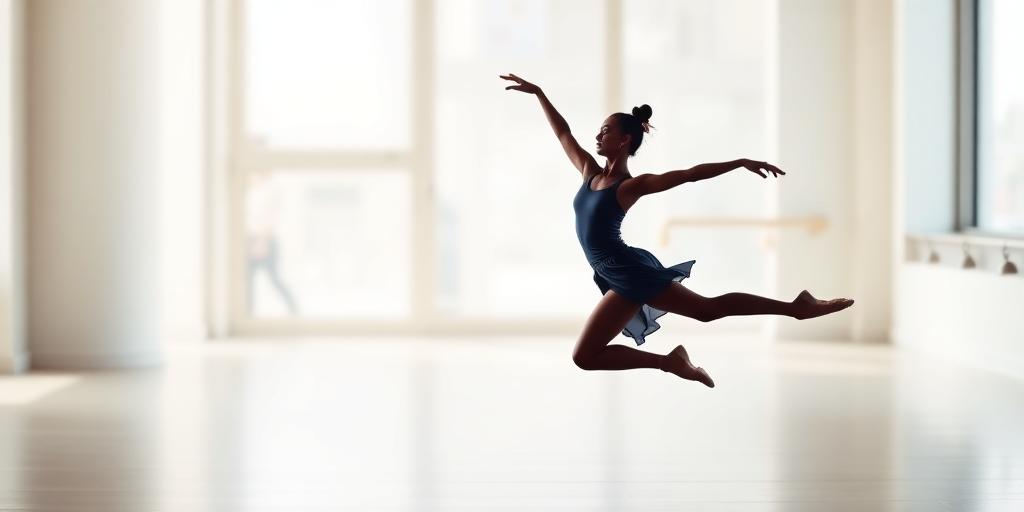Olympic Weightlifting for Beginners: Mastering the Lifts
Olympic weightlifting, a sport of power, precision, and technique, might seem intimidating to newcomers. However, with the right guidance and a structured approach, anyone can begin their journey into this rewarding discipline. This guide provides a comprehensive introduction to Olympic weightlifting, covering the fundamental lifts, essential equipment, proper technique, and training tips for beginners.
What is Olympic Weightlifting?
Olympic weightlifting comprises two primary lifts: the Snatch and the Clean & Jerk. These lifts require athletes to lift a barbell loaded with weight from the ground to an overhead position. The sport tests not only strength but also speed, flexibility, coordination, and mental fortitude.
The Two Olympic Lifts
The Snatch:
- Involves lifting the barbell from the ground to an overhead position in one continuous movement.
- Requires exceptional speed, flexibility, and coordination.
- The athlete typically drops into a squat position (full or power snatch) to receive the weight.
The Clean & Jerk:
- Consists of two parts: the Clean and the Jerk.
- Clean: Lifting the barbell from the ground to the shoulders in one swift motion, landing in a front squat position.
- Jerk: Lifting the barbell from the shoulders to an overhead position. This can be achieved through various techniques such as the split jerk, power jerk, or squat jerk.
Essential Equipment for Olympic Weightlifting
- Barbell: A standard Olympic barbell weighs 20 kg (44 lbs) for men and 15 kg (33 lbs) for women.
- Weight Plates: Rubber bumper plates are used to protect the floor and equipment.
- Lifting Shoes: Provide a stable base with a raised heel to improve squat depth and stability.
- Weightlifting Belt: Offers support to the lower back during heavy lifts.
- Chalk: Improves grip on the barbell.
- Wrist Wraps: Provide support and stability to the wrists.
Mastering the Technique
Proper technique is crucial to prevent injuries and maximize performance. Here's a breakdown of the key aspects of each lift:
Snatch Technique:
Setup:
- Stand with feet hip-width apart, barbell over the midfoot.
- Grip the bar wide, hook grip recommended (thumb wrapped around the thumb).
- Hips low, chest up, back straight, shoulders slightly in front of the bar.
First Pull:
- Lift the barbell off the ground, maintaining a consistent back angle.
- Keep the bar close to the body.
Second Pull (Transition):
- As the bar passes the knees, transition into a more upright position.
- Drive through the heels, extending the hips, knees, and ankles explosively (triple extension).
Third Pull (Turnover):
- As the bar reaches its highest point, pull yourself under the bar.
- Rotate your elbows around the bar, catching it in an overhead squat position.
Catch and Stabilization:
- Receive the bar in a stable overhead squat position.
- Stand up with the weight, maintaining a straight back and locked elbows.
Clean & Jerk Technique:
Clean Technique:
Setup:
- Similar to the snatch setup, but with a narrower grip (slightly wider than shoulder-width).
First Pull:
- Lift the barbell off the ground, maintaining a consistent back angle.
- Keep the bar close to the body.
Second Pull (Transition):
- As the bar passes the knees, transition into a more upright position.
- Drive through the heels, extending the hips, knees, and ankles explosively (triple extension).
Third Pull (Turnover):
- As the bar reaches its highest point, pull yourself under the bar.
- Rotate your elbows around the bar, catching it in a front squat position (bar resting on the shoulders).
Catch and Stabilization:
- Receive the bar in a stable front squat position.
- Stand up with the weight, maintaining a straight back and upright posture.
Jerk Technique (Split Jerk):
Dip and Drive:
- With the barbell on your shoulders, perform a slight dip by bending your knees.
- Drive upwards explosively, extending your legs and pushing the bar overhead.
Split:
- As you drive the bar overhead, split your legs – one forward and one back.
- Land with your knees bent and arms fully extended, supporting the weight overhead.
Stabilization:
- Ensure your weight is balanced between both legs.
- Stand up with the weight, bringing your feet back together.
Training Tips for Beginners
Start with Proper Coaching:
- Seek guidance from a qualified weightlifting coach.
- A coach can provide personalized instruction and correct technique flaws.
Focus on Technique:
- Prioritize technique over weight.
- Master the correct form before increasing the load.
Use Lighter Weights:
- Begin with lighter weights to develop proper technique and build confidence.
Warm-Up Properly:
- Perform dynamic stretches and mobility exercises to prepare your body for lifting.
Cool Down and Stretch:
- After each training session, cool down with static stretches to improve flexibility and reduce muscle soreness.
Progress Gradually:
- Increase weight gradually, following a structured progression plan.
- Avoid adding too much weight too quickly to prevent injuries.
Listen to Your Body:
- Pay attention to any pain or discomfort.
- Rest and recover when needed.
Accessory Exercises:
- Incorporate accessory exercises to strengthen supporting muscles.
- Examples include squats, deadlifts, overhead press, and rows.
Record Your Progress:
- Keep a training log to track your progress and identify areas for improvement.
Nutrition and Recovery:
- Consume a balanced diet with adequate protein to support muscle growth and recovery.
- Get sufficient sleep and manage stress levels.
Conclusion
Olympic weightlifting offers a unique and challenging path to physical fitness and personal development. By understanding the fundamental lifts, mastering proper technique, and following a structured training approach, beginners can embark on a successful journey in this dynamic sport. Remember to prioritize technique, seek professional coaching, and listen to your body to ensure a safe and rewarding experience. Happy lifting!









